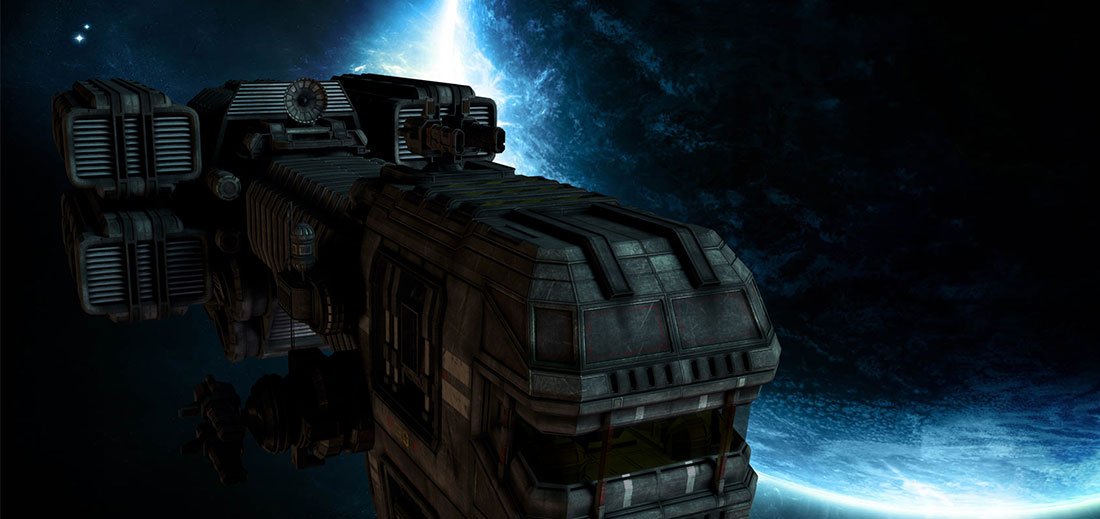
Adobe After Effects is primarily used for creating motion graphics and visual effects. It allows us to animate, alter and composite media in 2D and 3D space with various built-in tools and third party plug-ins, as well as individual attention to variables like parallax and user-adjustable angle of observation. After Effects and some (NLEs) are layer-oriented, meaning that each individual media object (video clip, audio clip, still image, etc.) occupies its own track. In contrast, other NLEs use a system where individual media objects can occupy the same track as long as they do not overlap in time. This track-oriented system is more suited for editing and can keep project files much more concise. The layer-oriented system that After Effects adopts is suited for extensive effects work and keyframing. Although other compositing packages, especially ones that employ tree or node workflows, such as Nuke and Fusion are better suited to manage large volumes of objects within a composite, After Effects is able to counter the clutter somewhat by selectively hiding layers (using the Shy switch) or by grouping them into pre-compositions.
Macromovie can help you with creating digital set extentions, green screen keying, motion tracking etc.. going from advanced CGI compositing to simple effects as holograms, fire explosions etc.